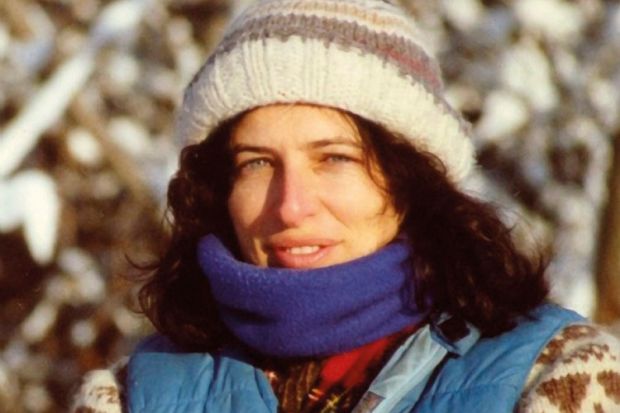Susan Horwitz was born on 6 January 1955 in Berkeley, California, but spent most of her childhood in Syracuse, New York. Although her first degree at Wesleyan University was in ethnomusicology (1977), she soon developed an interest in computer programming, which she was able to pursue in the then recently created Computing Center.
After taking two years out of the academy working for software company Intermetrics, she embarked on graduate studies in computer science at Cornell University, where she followed up an MS (1982) with a PhD (1985).
Joining the computer sciences department at the University of Wisconsin-Madison as an assistant professor in the same year, Professor Horwitz was to remain there for the rest of her career. She was promoted to associate professor in 1991 and full professor in 1996, remaining in the post until April this year when, already suffering from stomach cancer, she retired and became professor emerita. Her near three decades at Madison were interrupted only by four separate year-long visiting appointments in Europe, two in France and one each in Denmark and Italy.
An expert in software-development environments, dataflow and pointer analysis, Professor Horwitz made many important contributions to the industry, notably an algorithm that Microsoft introduced into its SLAM tool to detect the bugs that were causing about 85 per cent of the crashes in Windows. At the time of her death, she was ranked 37th for programming languages (out of 50,000 published authors in the field) in the citation rankings compiled by Microsoft Academic Search.
Keen to promote women within science and technology, Professor Horwitz set up a residential learning community for first-year undergraduates called Women in Science and Engineering (WISE), and served as its faculty director from 2012 to 2014. She also attempted to reach out to underrepresented groups through the student-led Wisconsin Emerging Scholars-Computer Sciences introductory programme.
Alongside her academic pursuits, Professor Horwitz found time for other activities, from cooking and poker to cycling and horse riding. An accomplished pianist, she also served on the board of a Madison chamber music ensemble called the Bach Dancing & Dynamite Society. Her department chair, Mark Hill, praised her for her “zest for research, teaching, service and life”. She died on 11 June and is survived by her husband, Tom Reps, also a professor of computer sciences.

